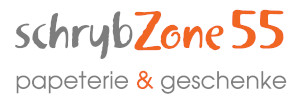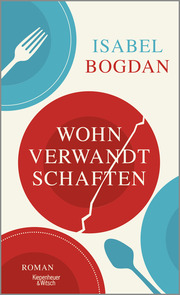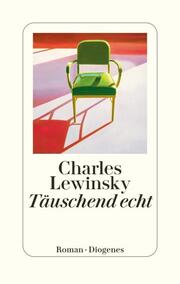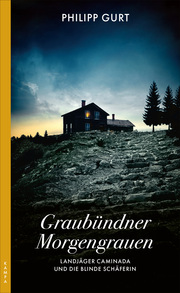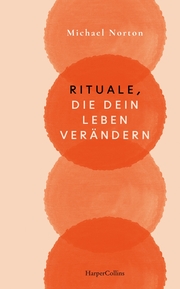Beschreibung
In flat steel rolling, reversing hot rolling mills are typically used to reduce the thickness of steel slabs or plates. Some reversing rolling mills are equipped with edger rolls to adjust the width of the rolled plate. At best, the plate passes the roll gap laterally centered and has a perfect cuboid shape with defined geometries. In reality, lateral nonuniformities like temperature gradients and thickness inhomogeneities cause the plate to drift in a lateral direction. This can result in a camber or thickness wedge or both. These effects deteriorate the product quality and can also entail collisions with the mill stand or other equipment along the roller table. To prevent such problems, active control of the lateral position and contour shape is indispensable. In this work, a reversing roughing mill of voestalpine Stahl GmbH, Linz, Austria is considered. The roll gap adjustment works electromechanically and self-retaining, meaning that it can only be adjusted between two consecutive rolling passes. The industrial plant is further equipped with edger rolls, originally intended to counteract spreading in forward rolling passes. This work, is dedicated to the question if these edger rolls are also suitable as an alternative control input to control the lateral position and centerline shape of the plate during the rolling passes by moving them in a lateral direction.







